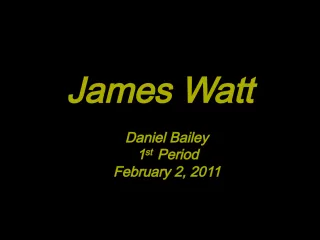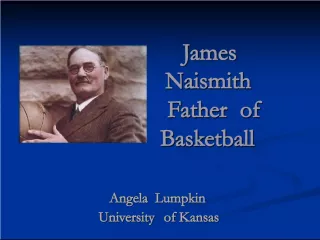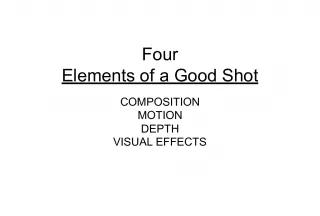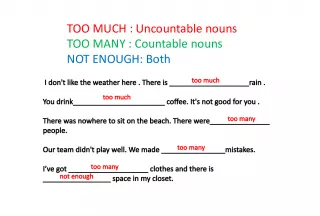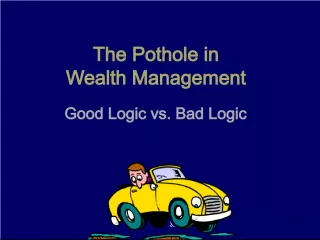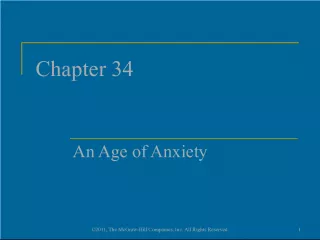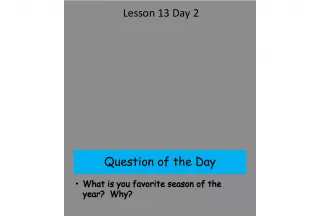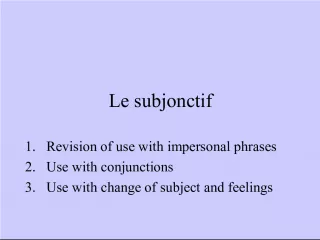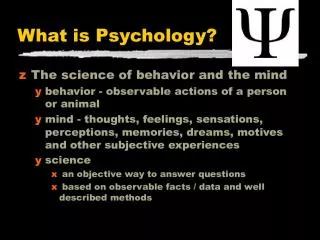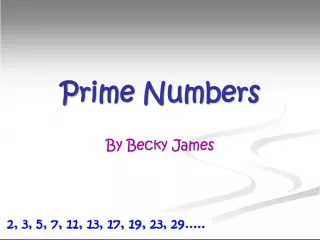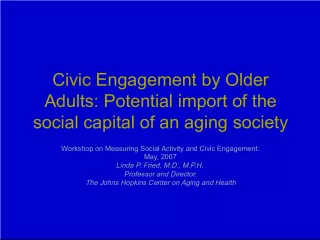James Monroe and The Era of Good Feelings
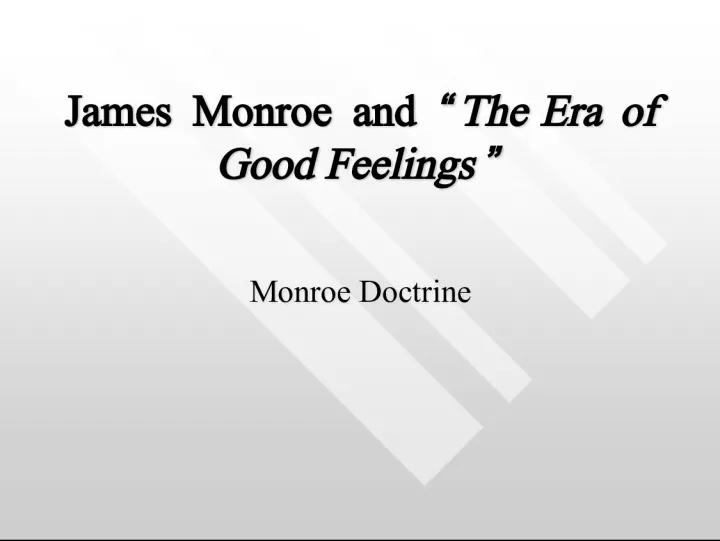

The Era of Good Feelings was a period of national pride and political peace associated with James Monroe's presidency. This era saw a growth in American nationalism and unity, as well as
- Uploaded on | 2 Views
-
 niravgupta
niravgupta
About James Monroe and The Era of Good Feelings
PowerPoint presentation about 'James Monroe and The Era of Good Feelings'. This presentation describes the topic on The Era of Good Feelings was a period of national pride and political peace associated with James Monroe's presidency. This era saw a growth in American nationalism and unity, as well as. The key topics included in this slideshow are . Download this presentation absolutely free.
Presentation Transcript
Slide1James Monroe and “ The Era of Good Feelings ” James Monroe and “ The Era of Good Feelings ” Monroe Doctrine Monroe Doctrine
Slide2“The Era Of Good Feelings ” “ The Era Of Good Feelings ” • “ The Era of Good Feelings ” was a period of national pride and political peace associated with James Monroe • “ The Era of Good Feelings ” was a period of national pride and political peace associated with James Monroe • Jeffersonian Republicans accept Hamilton ’ s economic plans. Americans expected civil discord between the political parties. • Jeffersonian Republicans accept Hamilton ’ s economic plans. Americans expected civil discord between the political parties.
Slide3Anglo- American Peace Anglo- American Peace • 1815 American trade is important to the British economy • 1815 American trade is important to the British economy • 1818 both nations settle the Canadian boundary dispute and agree that both nations will control the Oregon territory for 10 years • 1818 both nations settle the Canadian boundary dispute and agree that both nations will control the Oregon territory for 10 years
Slide4Monroe Doctrine Monroe Doctrine • Named for James Monroe • Named for James Monroe • 5 th President of the United States 1817-1925 • 5 th President of the United States 1817-1925 • Monroe brought a vision of an expanded America to his presidency—a vision that helped facilitate the formulation of what has become known as the Monroe Doctrine. Because this Doctrine bears his name, the general public is not inclined to recognize the significant contributions made by Secretary of State John Quincy Adams and unofficial presidential advisor Thomas Jefferson. • Monroe brought a vision of an expanded America to his presidency—a vision that helped facilitate the formulation of what has become known as the Monroe Doctrine. Because this Doctrine bears his name, the general public is not inclined to recognize the significant contributions made by Secretary of State John Quincy Adams and unofficial presidential advisor Thomas Jefferson. • The Doctrine was presented in an address to congress December 2, 1823 • The Doctrine was presented in an address to congress December 2, 1823
Slide5Monroe Doctrine Monroe Doctrine • In Latin America, it is a period of revolution and liberation. • In Latin America, it is a period of revolution and liberation. • Chile, Venezuela, Mexico and Brazil have gained their freedom from Spain and Portugal. The United States recognizes them as legitimate countries. • Chile, Venezuela, Mexico and Brazil have gained their freedom from Spain and Portugal. The United States recognizes them as legitimate countries. • America fears that other foreign countries like France and Britain may now want to control these countries in Latin America. • America fears that other foreign countries like France and Britain may now want to control these countries in Latin America.
Slide6Monroe Doctrine Monroe Doctrine • Warns European nations that they cannot set up colonies or interfere in Latin American problems anymore. • Warns European nations that they cannot set up colonies or interfere in Latin American problems anymore. • The United States will protect North and South America from any European influence. • The United States will protect North and South America from any European influence. • The United States will not involve itself in European affairs militarily or politically. • The United States will not involve itself in European affairs militarily or politically.
Slide7Monroe Doctrine Political Cartoon Monroe Doctrine Political Cartoon
Slide8Monroe Doctrine Political Cartoon Monroe Doctrine Political Cartoon
Slide9Monroe Doctrine Political Cartoon Monroe Doctrine Political Cartoon
Slide10Directions:Directions: • Use this PowerPoint along with the text of the Monroe Doctrine to complete a Document Analysis Worksheet. • Use this PowerPoint along with the text of the Monroe Doctrine to complete a Document Analysis Worksheet. • We will meet as a class to go over the results, be sure to complete the reading of both the PowerPoint and the text prior to our meeting. • We will meet as a class to go over the results, be sure to complete the reading of both the PowerPoint and the text prior to our meeting.
